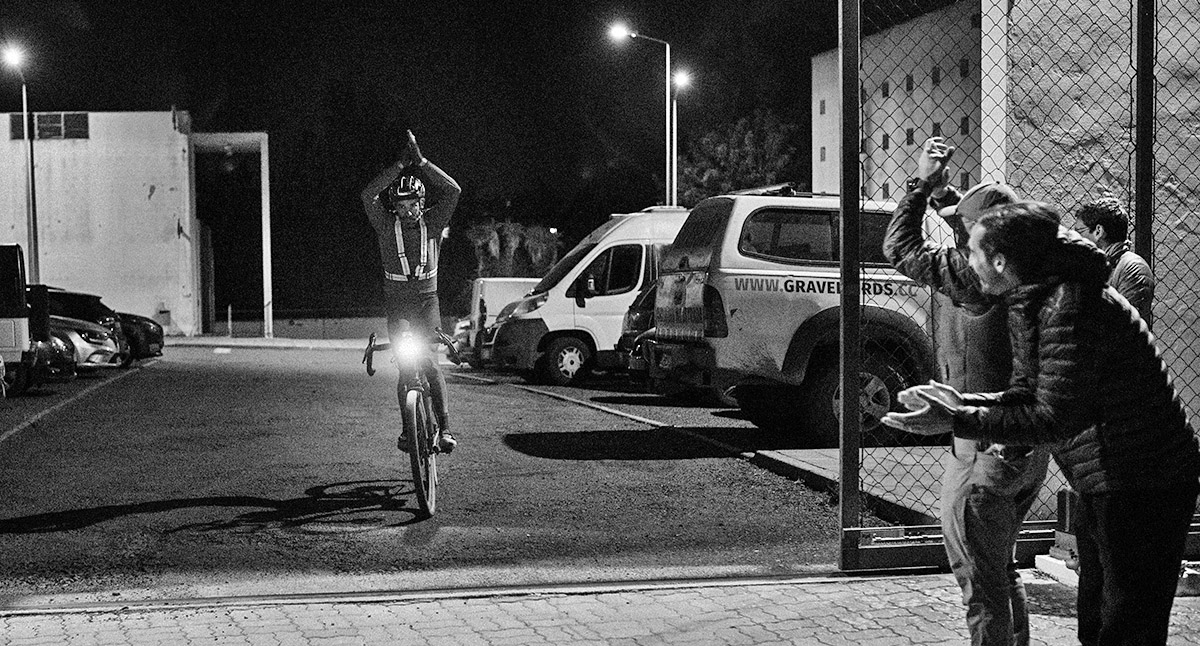Sofiane: Winning Gravel Birds and World Record Attempt
Things do always go as planned, but there’s usually a second chance. After a disappointing end to my Atlas Mountain Race earlier this year (I had to scratch due to a smashed derailleur), I was looking forward to lining up at the start of an ultra race again, to get rid of the bad taste in my mouth left by this ‘unfinished business.’ Rui Termoceiro, the organizer behind Gravel Birds, was a volunteer during the AMR, driving one of the media cars. I ran into him by chance a couple days after scratching, as I was single-speeding my way towards the finish. We chatted briefly, and he invited me to his event. I looked it up and found out that Alentejo, the region traversed by the race, makes up 30% of Portugal’s area, but not even 10% of its population lives there. As a lover of remote, empty places, I was immediately sold.
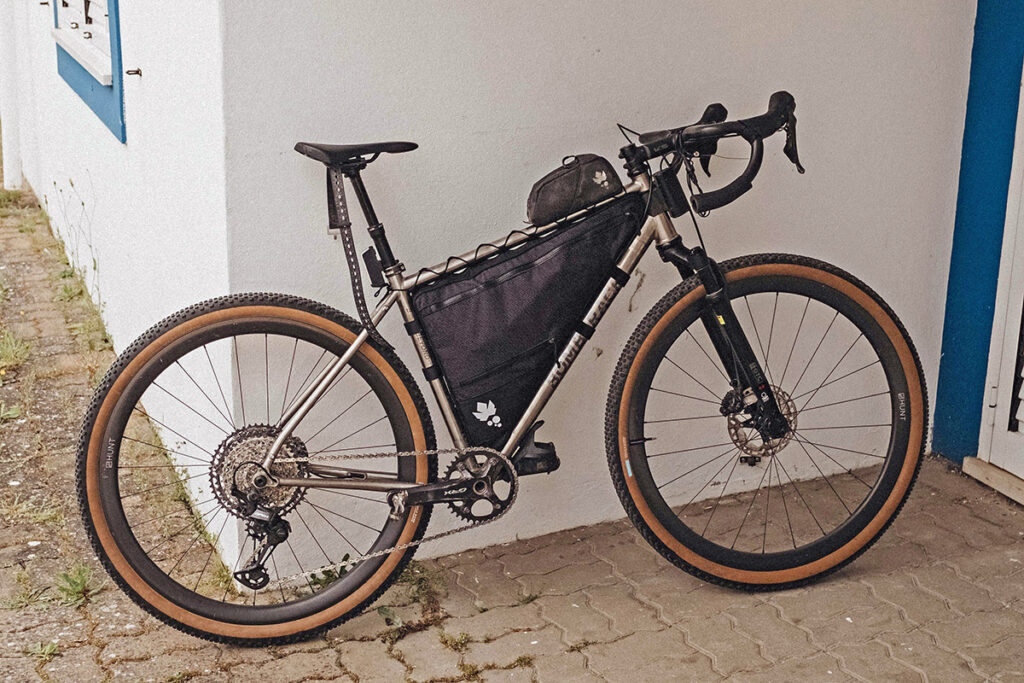
This spring, I’ve spent quite a bit of time renovating my house, so my level of fitness was not quite optimal as I lined up at the start. That is not necessarily very detrimental on a longer course, but for a 750-km (466-mile) race, it can have a non-negligible impact. I decided to race with exactly the same setup I used in Morocco: my ‘monster gravel’ bike with a 1×12 GRX groupset, KS 40 mm front suspension and 700×48 Oracle Ridge Endurance tires.
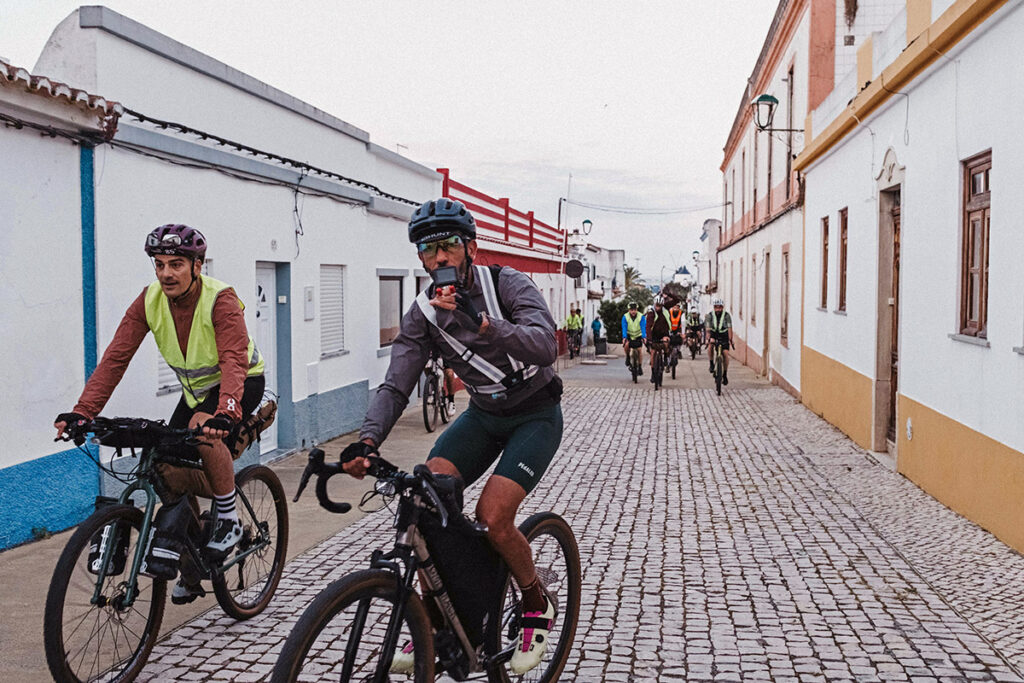
We set off at 6:30 a.m. in the quiet streets of Castro Verde, a beautiful town of gleaming white houses in southern Portugal. It took me a while to find my rhythm. After a couple of hours, I was riding in the top 4, with a Spanish, an English and a Portuguese rider. We were pushing a serious pace on well-graded gravel roads with a few gentle climbs. Riding here was fun, but it didn’t play to my strengths, which tend toward rough terrain and steep climbs. It didn’t take us long to cover the first 200 km.
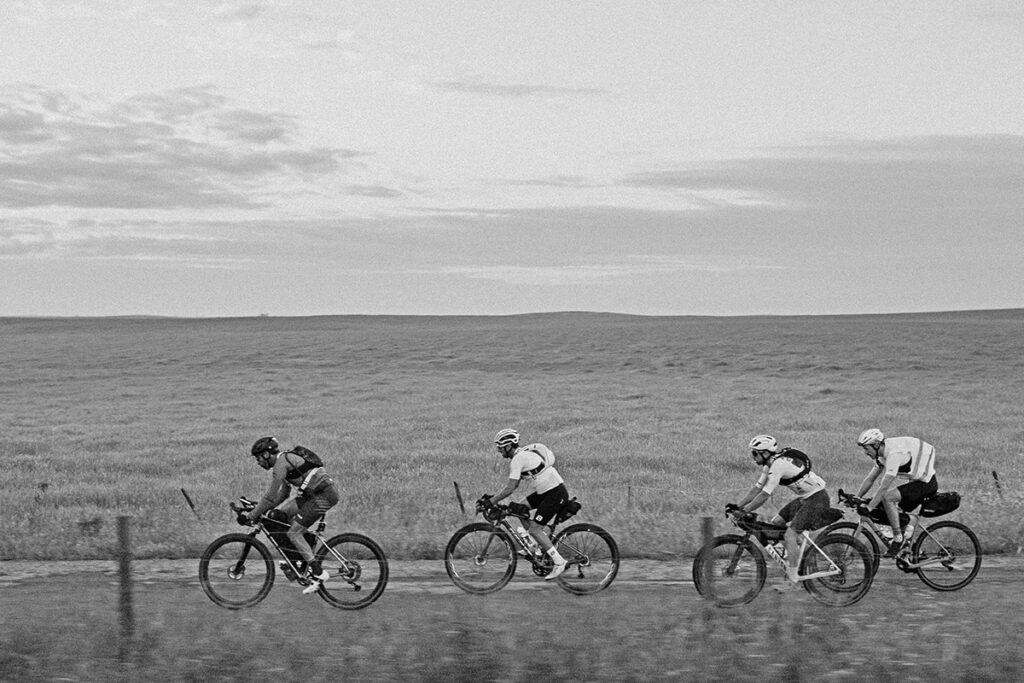
To sustain that effort, I made sure to keep eating lots of simple carbohydrates. But after a while, my stomach started having difficulty dealing with the steady flow of glucose. Roughly at the same time, the Spanish rider who had been in the lead so far stopped in a small village. He would never get back on the course. I found myself exchanging the lead multiple times with Chris McNaughton of England. Unable to fuel properly due to my stomach issues, I was struggling to keep his pace. Through a mix of pride and experience, I managed to keep him in sight as the sun was setting on the hills of Alentejo.
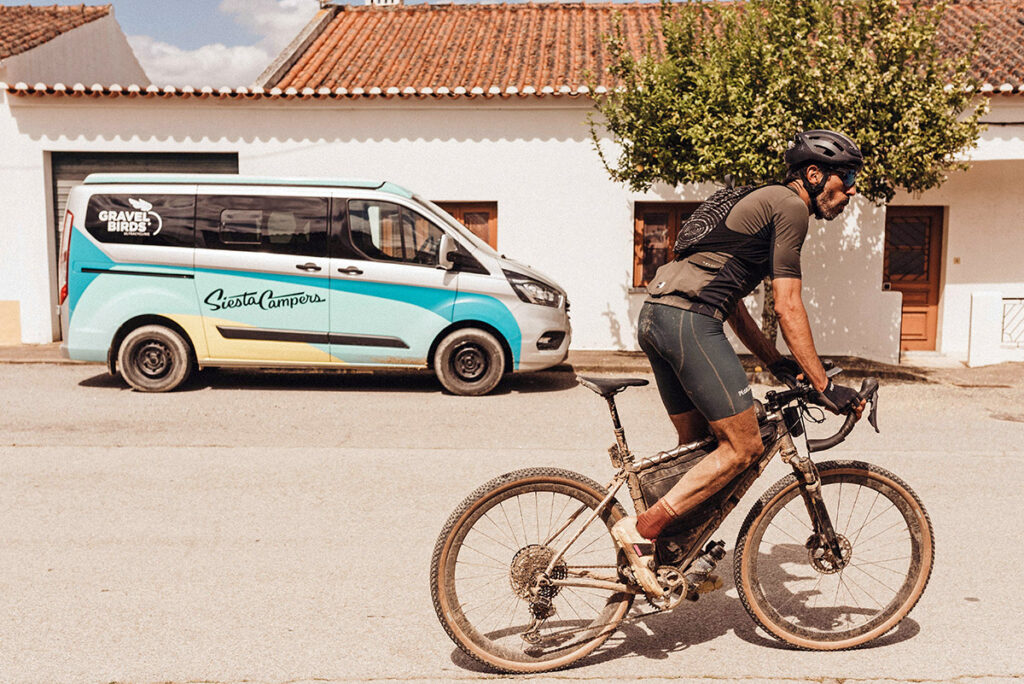
As we were about to enter the first night of the race, the course got tougher. We dove into numerous steep river crossings. After the heavy rains Portugal had seen the weeks prior, the water was running high. The terrain became hillier, with really steep climbs. The smooth gravel of the start was replaced with a chunkier, slower surface. Chris stopped to put on some layers, while I decided to push on with my rain jacket protecting me from the drop in temps brought by the night. My immediate need was to find a way for my stomach to agree with sugar again. In the meantime, I was fueling with the few items of salty food I had packed in my frame bag.
Around 11 p.m., as my legs were starting to feel really empty, I found a bar in a small village that was unexpectedly still open. I instantly knew this would be my salvation. While I was too nauseous to eat much, I certainly wasn’t too nauseous to drink, so I ordered three cans of Coke. When I left the bar, I saw a tail light glowing in the dark. Joao Manuel Pinto of Portugal had taken advantage of my brief stop to take the lead, but not by much.
In such a short race—by ultra standards—my strategy is always the same: ride through the night. It would be a long one. Temperatures dropped to almost 10°C (50°F). My feet were wet from all the river crossings. And the hills got steeper and steeper. But I figured that the other racers would struggle just as much. Around 4 a.m., I reached Checkpoint 2. I checked the tracker to find out that I was in the lead, with a 25 km gap. Joao Manuel had stopped to nap, and Chris had started to slow after pushing really hard during the day. Once again, the rough and tough conditions had played to my strengths.
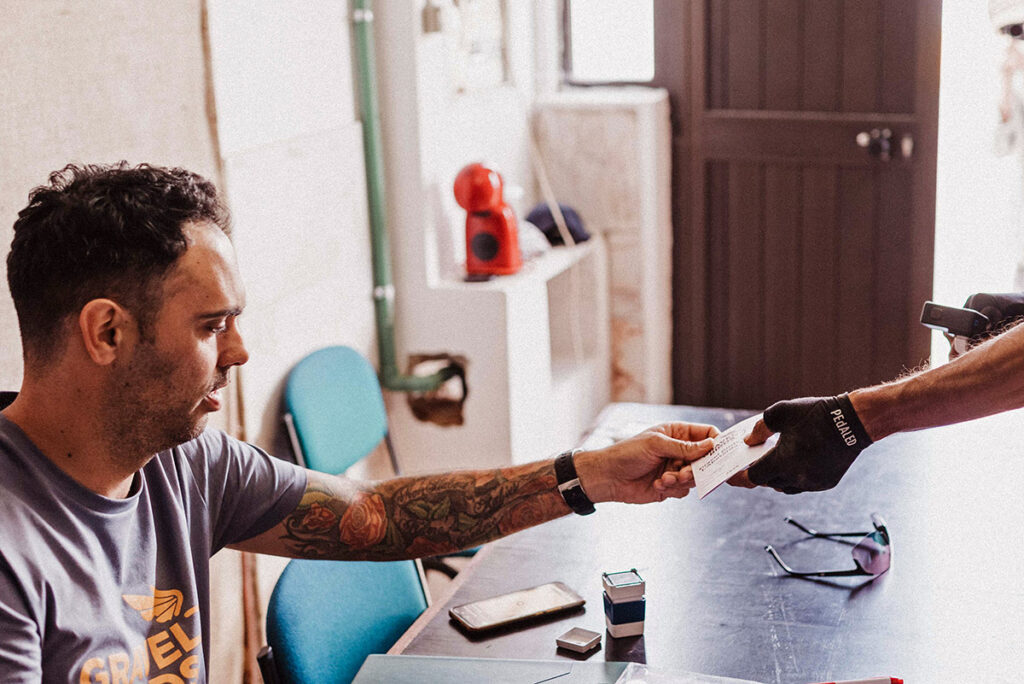
Leaving the checkpoint, I enjoyed a stretch of fast-rolling tarmac. Morning announced itself as the sky was getting lighter, almost imperceptibly at first. I reached the coast. The ocean was invisible in the dark, but I could see a lighthouse in the distance. The going was rather slow, especially on a sandy bit that required frequent dismounts to push the bike. When the sun finally came up, it was nice to see the ocean. Around 8:30 a.m., in need of calories, I stopped at a kiosk on the main square of a village. On the tracker, I noticed that my closest chaser, Joao Manuel, had scratched. I would learn later that he had started the race with an injury. After 24 hours, he couldn’t bear the pain anymore. I now had a 40-km (25-mile) lead over Chris, but I was determined to ride as if he was just tailing me. Too many times in these races, I’ve found myself relaxing too much after opening up a gap, only to see the competition closing in and almost catching me.
While Day 1 had been about riding fast, jostling for position, and suffering to keep the pace, Day 2 allowed me to really enjoy the magical beauty of Alentejo. Seemingly never-ending gravel roads traversed deep forests and wide pastures. I really enjoy the feeling of being completely alone in the world, when not a single sign of human life presents itself for hours. The tranquility of that vast landscape of hundreds of hills reminded me sometimes more of the United States than of Europe.
But this was not Montana; it was Portugal. And as I had noticed during my first time here (racing the GOATS in 2022), the gradients here often have double digits. And while I was holding firmly onto first place, the riding still needed to be done, and it was far from easy. Around 4 p.m., I realized that I was not going to make it to the finish line before dark. That made things interesting, as I had no idea whether the battery on my headlamp could last another 2 hours after lighting the way through the entire previous night. So I started to push harder. I was not racing the other competitors anymore, I was racing the sun. When night came, I still had 40 km (25 miles) to cover. I turned on my light and crossed my fingers. Luckily I made it to the finish with my light still working. I covered the 750 km (466 miles) in 41 hrs and 9 mins. During the night, Chris ceded his second place to Miguel Veterano, who crossed the finish line some 4 hours after I did, and just 30 minutes before Chris.
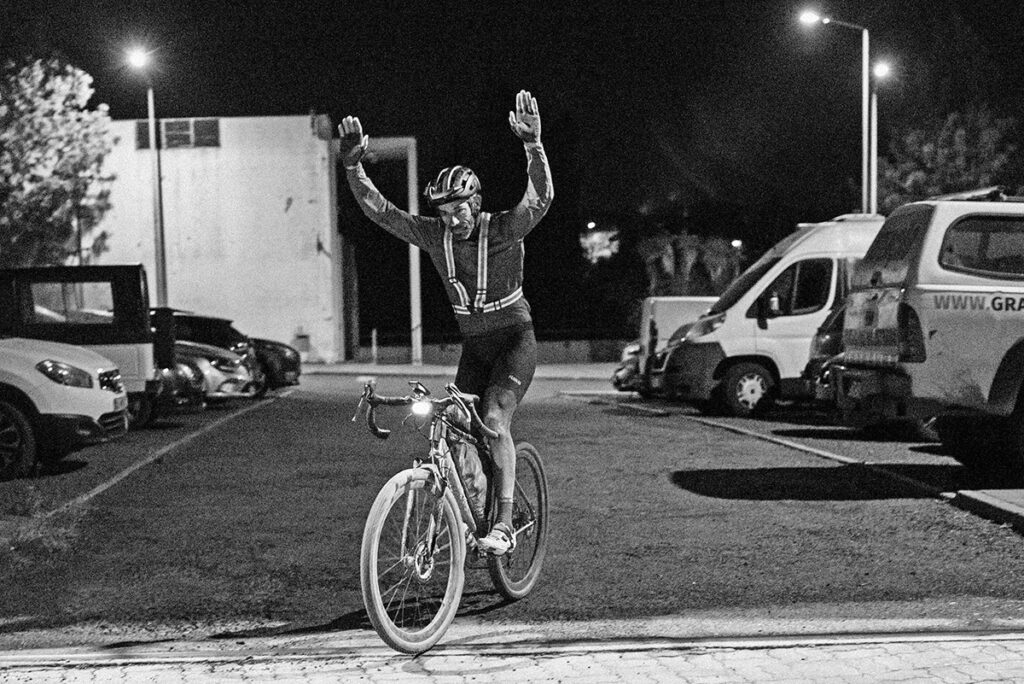
Beside being very happy with my first place after the mishap during the AMR, I discovered a little-known part of Europe that is truly a gravel paradise, with endless off-pavement possibilities and the dolce vita feeling that you only get in Mediterranean countries, where time seems to run a little slower, even when you’re in a rush to ride a course as fast a possible. I will certainly go back to Alentejo. But maybe not to race… Some day I will return, when my racing calendar is a bit less busy, and I have more time to sit quietly on benches like old people do in all the Portugese villages I have ever visited.
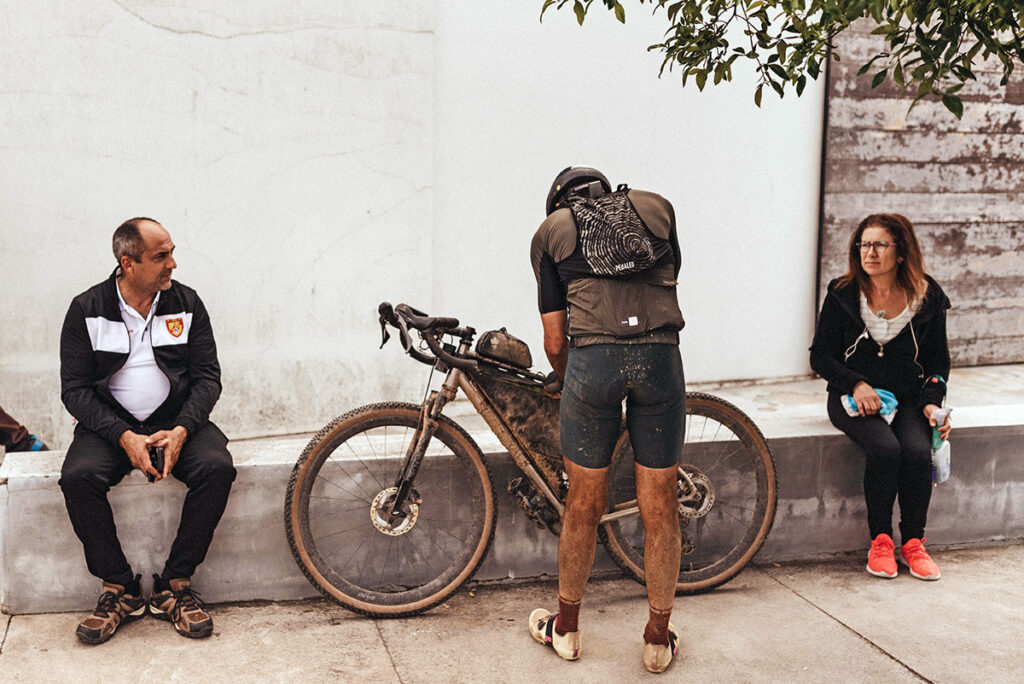
But first, I’ll return to Portugal to fulfill a long-held dream: This Tuesday (July 1, 2025), I start my attempt to set a new record for the traverse of Eurasia—the longest distance you can ride on a bike in one stretch, without getting on a boat or airplane—from Cabo da Roca (Portugal) to Vladivostok (Russia).
I’ve been dreaming about this ride since 2017, when I rode roughly the same distance, from Paris, France, to Fujian, China, over three months of cyclotouring. That remains my longest trip to date…
The same year, Jonas Deichmann of Germany set the current record of 64 days, which planted the seed in my mind of giving this a try. The current political situation has required me to change my initial route, to by-pass Iran. My route will be longer than Jonas’, but that’s OK: The record only requires connecting the start and end points by bike, unsupported. My ride will be monitored by the World Ultracycling Association (WUCA). If I am successful, they will go through all my GPS files and additional required proofs to make my time official. If the record is validated by WUCA, a Guinness Book certification should follow.
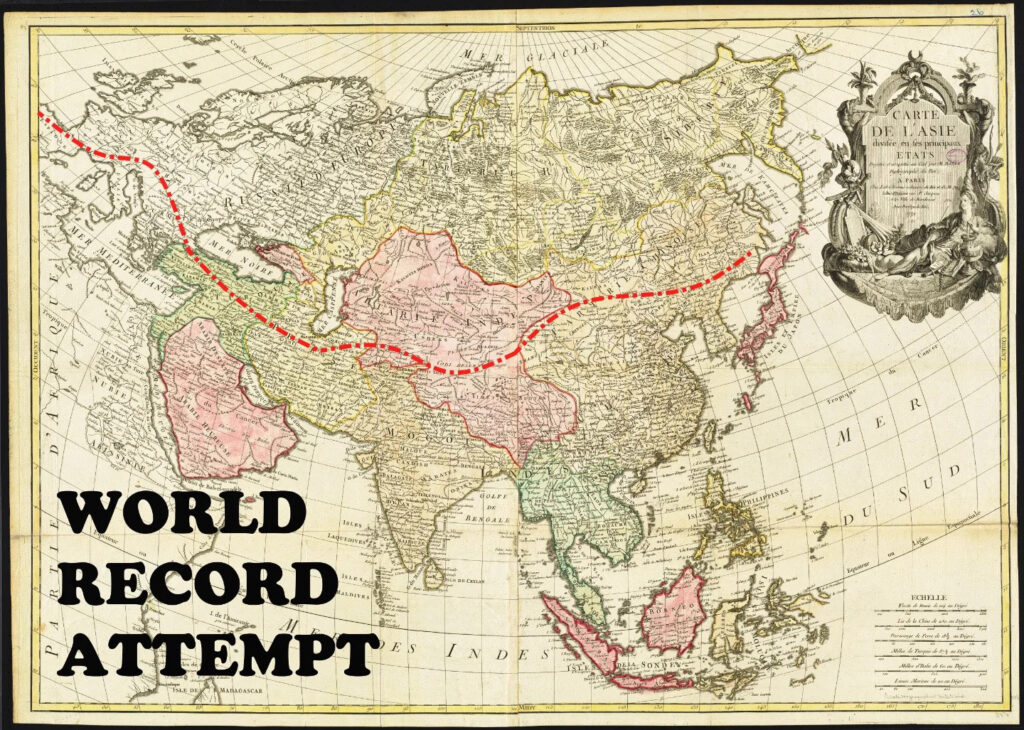
I haven’t been this excited about a project in a while. You can follow my progress on the tracker at the link below. Don’t worry if my dot goes ‘off-track’—all that matters is that I make it to Vladivostok in less than 64 days. It’ll be fun!
More Information:
Photo credits: Pedro @fotografamos


